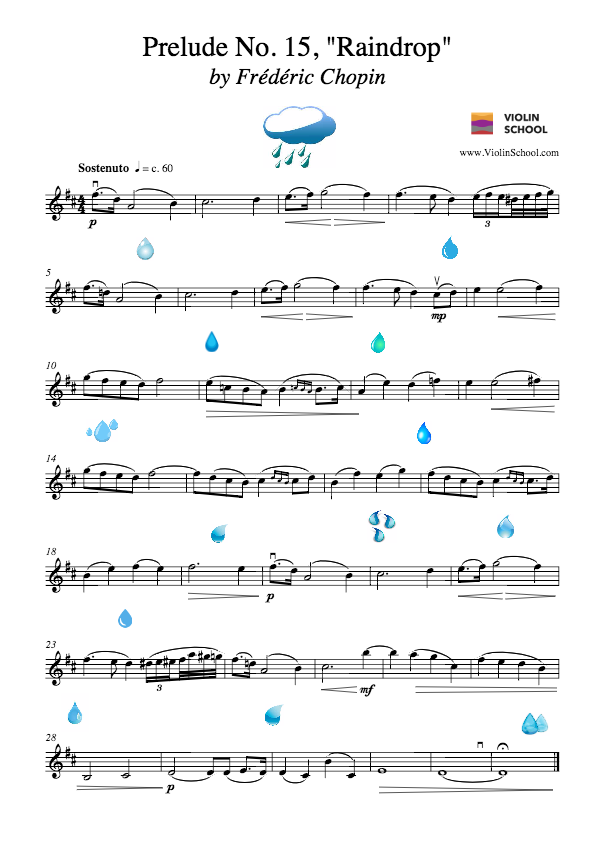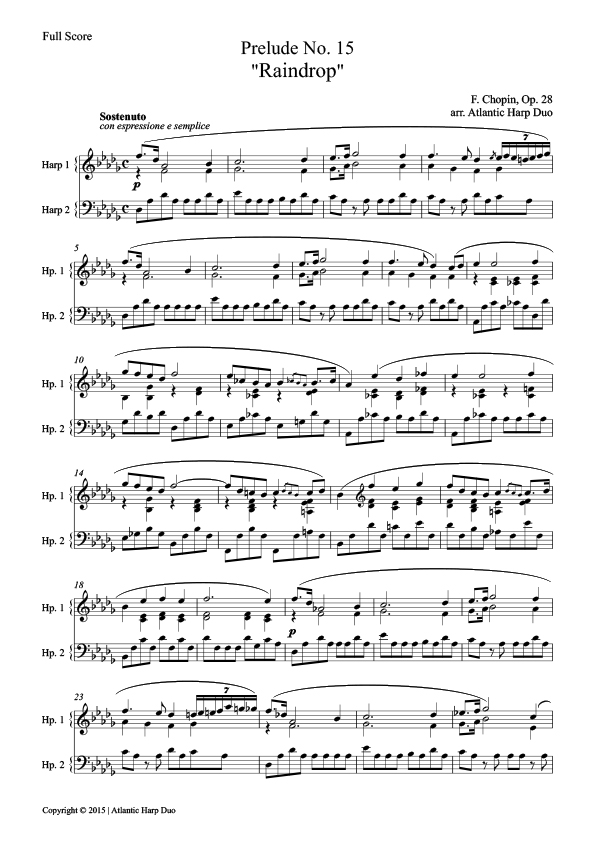
My parents say that he's probably not used to a modern student of my age being able to progress more quickly. He is not the type of person who would listen to someone younger than him, especially a student. I don't disagree with that, I just enjoy a good challenge. I'm positive if I said something, he'd just point out how such-and-such that I do is weak, and that I need more practice. There are a few complications, one of them being that he is used to teaching younger children back in the 70s and 80s, and he likes to go very slowly. You know, that makes a lot more sense! I'll have to try it your way and see if I have any success! Thank you for the encouragement.īarb860 - I'm not, in fact, communicating these feelings to him. Thanks again!Ĭan anyone perhaps recommend anything based on the couple things I mentioned that I don't have trouble with?ītb - OHH. I guess I'll start La Demarche by Yann Tiersen, and put the Chopin on the back burner rather than pushing myself and becoming frustrated.

a couple songs by Regina Spektor: Folding Chair, Dusseldorf, Us Comptine d'un autre ete also by Yann Tiersen Although on the other hand, he is teaching me a lot of useful things like arpeggios and chords. They're not even classical, or well-known - they're just songs from books, named things like "The Porcupine". The pieces I study with my teacher are much too easy, and I've been considering switching to a new one. I did this without my teacher, because at first it was just for fun, and later I didn't mention it because I knew he'd just say that it was too difficult.Īlright, thanks for the help, guys. I guess I understood that going into it! I had printed it out just to see if I could play it, and when I could play it separately, I was so excited that I kept going. This is the same as the time signature 4/4.Yeah. the metre is common time indicated by a \(\textup\).the repeated with variation A1 section is instructed to have the same tempo as section A.section B is marked as poco più animato.section A is marked sostenuto, meaning that the music should be rather slow and feel held-back.Examples of each section's tempo include: There are many foreign terms written in the score which indicate the speeds to play at. The accents are played on beats 1 and 3 Tempo and metre section B also features accents that reinforce specific notes and beats in a bar.in section B the treble clef part plays repeated quavers whereas the bass clef part has a rhythmically longer melody left mostly in crotchets.Chopin uses dotted rhythms in his opening section melody.the section A melody is predominantly conjunct.the opening four bars of section A contain rises and falls in pitch.


The melody of right hand of the piano is decorated with acciaccatura



 0 kommentar(er)
0 kommentar(er)
